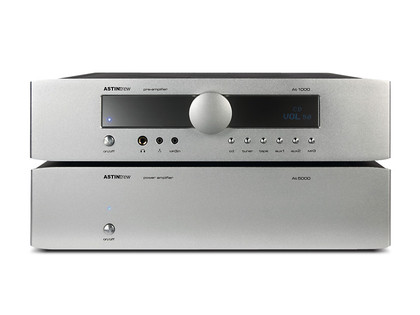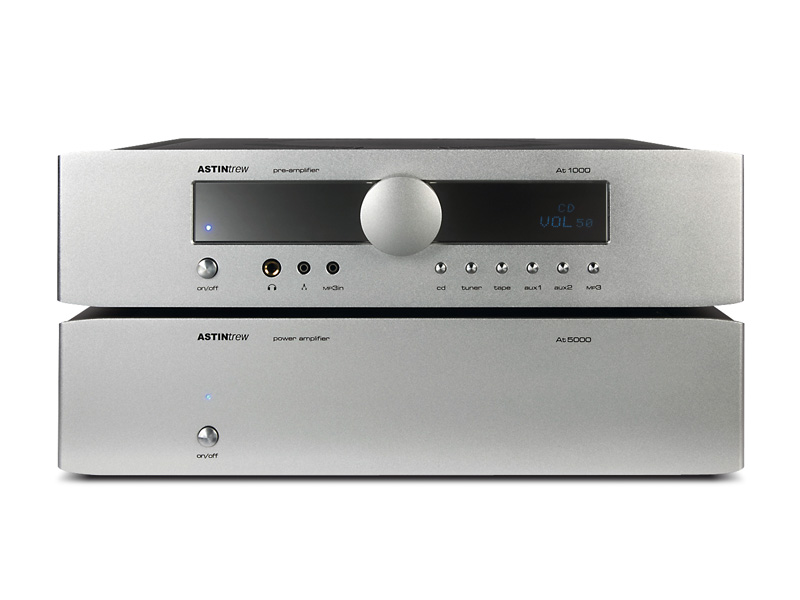Why you can trust TechRadar

If our listeners didn't entirely go overboard for this combination, they did find some nice things to say about it. Its presentation was felt to have plenty of drive and well-extended bass, while the treble is extended and open.
The main problem seems to be precision, in the most general terms. Both in the bass and in the treble, there is a slight lack of control which lessens impact and smudges detail, making the sound frustratingly hard to focus on.
This is a real shame because there are clearly aspects to the sound that are excellent. Tonality is very good in the voice ranges, while the unforced bass extension makes the most of sustained low notes from instruments like organ and low brass.
Treble is clear and sweet, but too easily upset by densely layered music. It's a similar story with rhythm. If you hear something simple and rhythmic, for instance an insistent percussion riff at the start of a song, there's great energy to the sound and a real feeling of urgency.
When the rest of the band comes in, though, the rhythmic impetus is lost or, at least, very much lessened and weakening the structure of the music significantly.
If your tastes run predominantly to small-scale music – string quartets, say, or simple voice-and-guitar ballad stuff – you will be well placed to appreciate what this combination does in the way of tonality and insight.
More broadly speaking, though, we find ourselves with reservations about the way it fudges the issue with more complex music.
Sign up for breaking news, reviews, opinion, top tech deals, and more.
Follow TechRadar Reviews on Twitter: http://twitter.com/techradarreview
- 1
- 2
Current page: Astin Trew AT1000/AT5000: Sound quality
Prev Page Astin Trew AT1000/AT5000: Overview